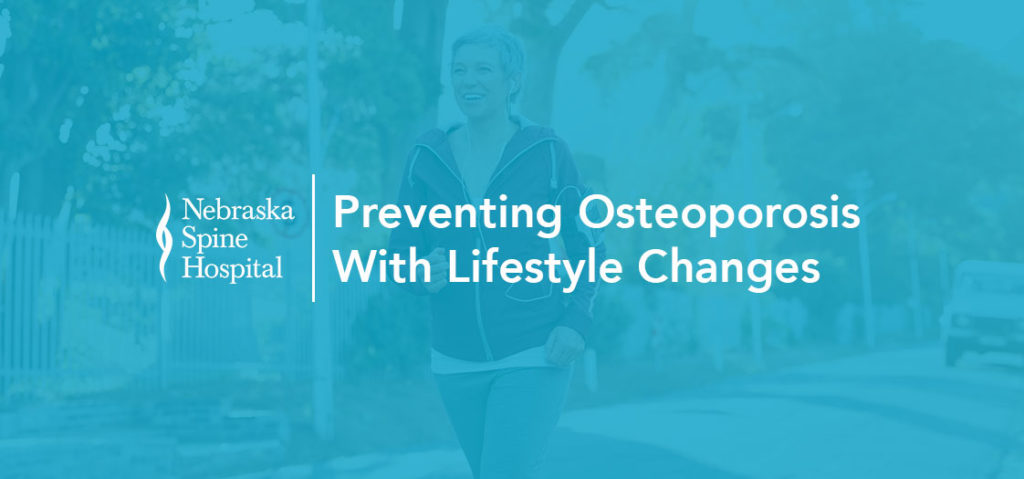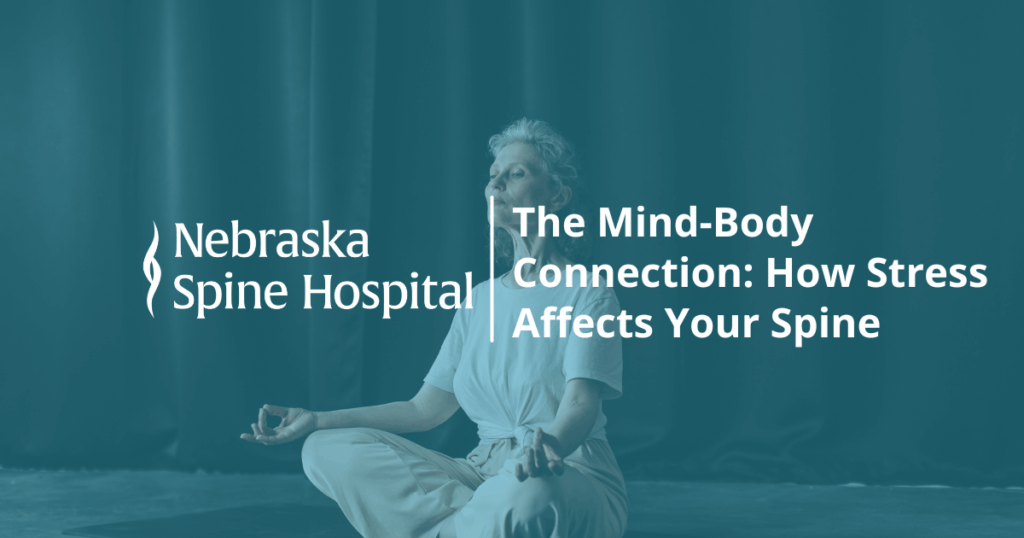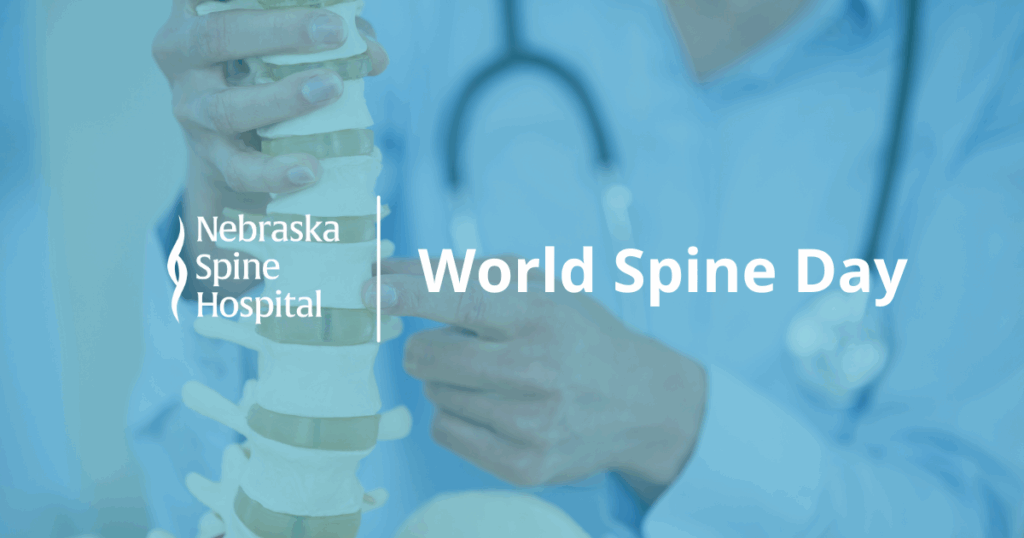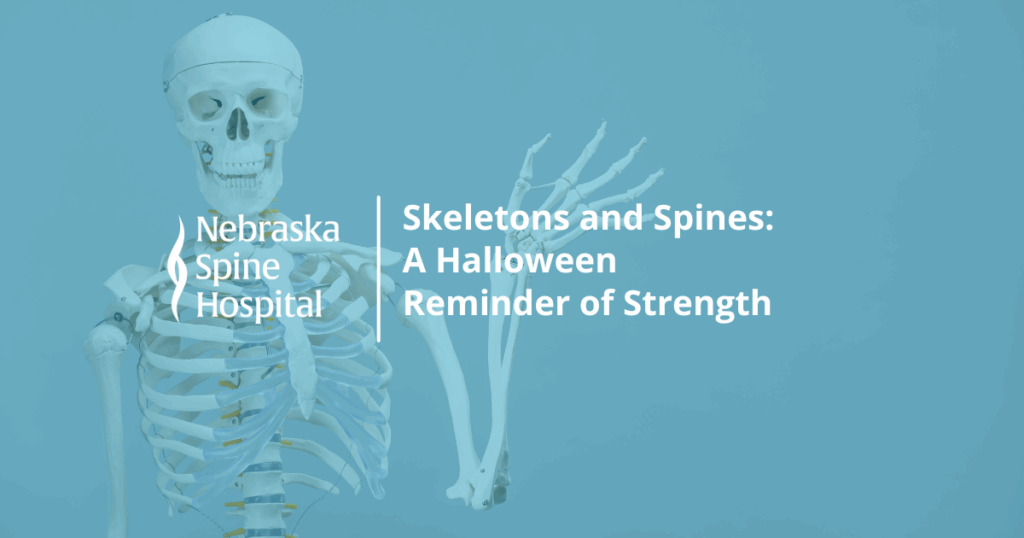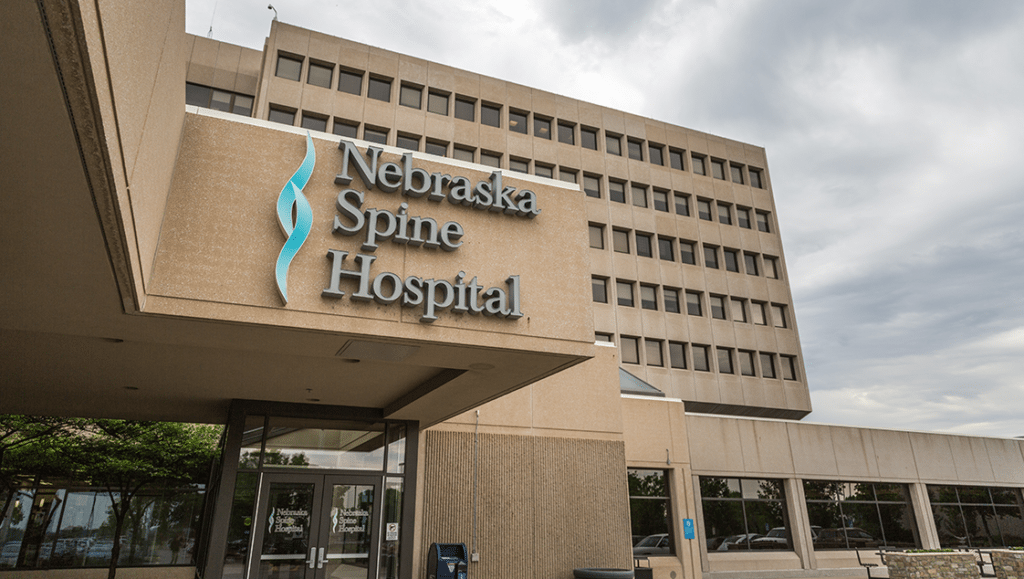Osteoporosis is incredibly common with an estimated 10 million Americans living with the condition. Osteoporosis is a condition marked by low bone mass, which often leads to the weakening of your bones and an increased risk of fractures. Since it is considered a degenerative condition, it primarily affects people over the age of 50.
While it isn’t possible to guarantee you won’t ever develop this condition, we recommend preventing osteoporosis with lifestyle changes. The following lifestyle changes will help to support your bone health and your overall health.
You Might Also Like: Osteoporosis: The Basics
Consume an adequate amount of calcium and vitamin D
Calcium is a key nutrient to many of your body’s functions and is absolutely necessary to maintain a healthy spine. It’s estimated that approximately 70% of people aren’t getting enough calcium in their diet. When your body doesn’t get enough calcium, it leaches calcium from your bones, making them more susceptible to fractures.
If you consistently don’t get enough calcium throughout your life, you’re much more likely to develop osteoporosis.
The amount of calcium you consume is important and so is the amount of vitamin D, which helps your body absorb calcium. Below is the recommended daily intake of calcium and vitamin D.
- Adults 25-50 years old: 1,000 milligrams per day with 400 i.u. of vitamin D
- Adults 50+ years old: 1,500 milligrams per day with 400-800 i.u. of vitamin D
Exercise regularly
Regular exercise is essential to your overall health as well as maintaining bone mass. Exercise, specifically weight-bearing exercise, reduces bone density loss, which helps to prevent osteoporosis. In addition to reducing bone density loss, exercise also improves the exchange of nutrients into your spine’s soft tissues and strengthens your muscles, making you less susceptible to back pain and spinal injuries.
You Might Also Like: Tips to Stay Active Indoors
Quit smoking
In addition to being linked to serious diseases like lung cancer, emphysema, and heart disease, smoking may also be associated with a higher risk of osteoporosis. Smoking contributes to the hardening of your arteries, decreasing your overall blood flow. With little to no blood supply, the bones and discs in your spine will rely on surrounding tissue for nourishment. But since the surrounding tissues aren’t meant to provide nourishment, they eventually become depleted, leaving your bones and discs to essentially starve.
Recent studies have shown that smoking can also hinder your body’s ability to absorb calcium.
Limit alcohol consumption
While the relationship between alcohol consumption and bone density isn’t fully understood, there have been consistent results of damaging effects. According to an article from Spine-Health.com, “Research has shown that elderly women (between the ages of 67 and 90) who consumed an average of more than 3 ounces of alcohol per day (the equivalent of six typical alcoholic drinks) had greater bone loss than women who had minimal alcohol intake.”
You Might Also Like: Women: Increased Risk Of Osteoporosis
Looking for more information beyond these tips for preventing osteoporosis with lifestyle changes? Sign up for our monthly newsletter to learn more about keeping your spine happy and healthy!


